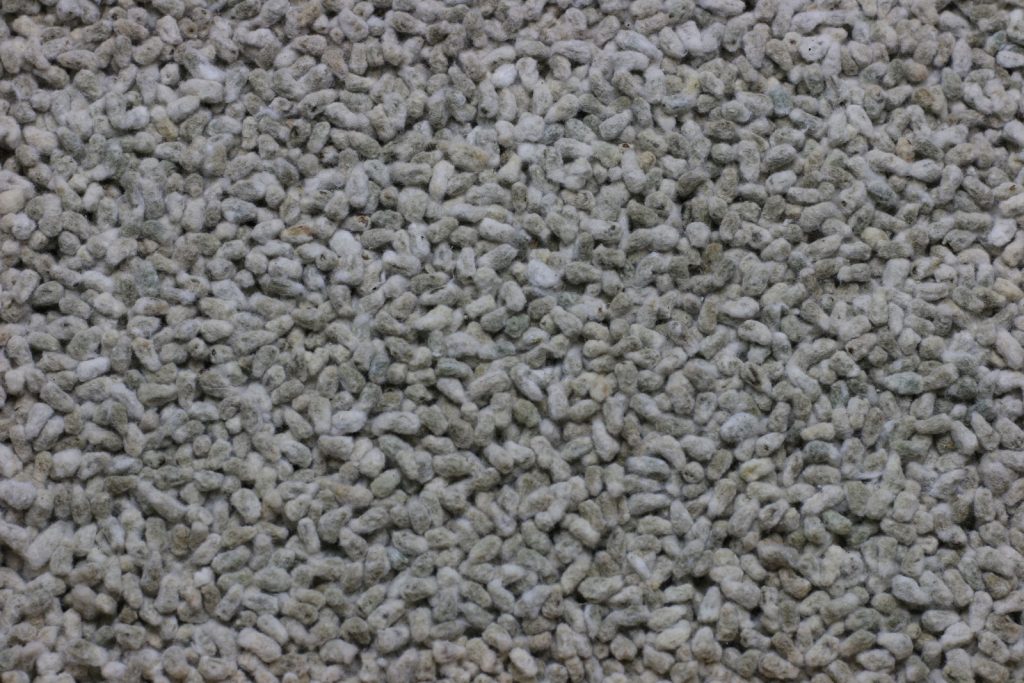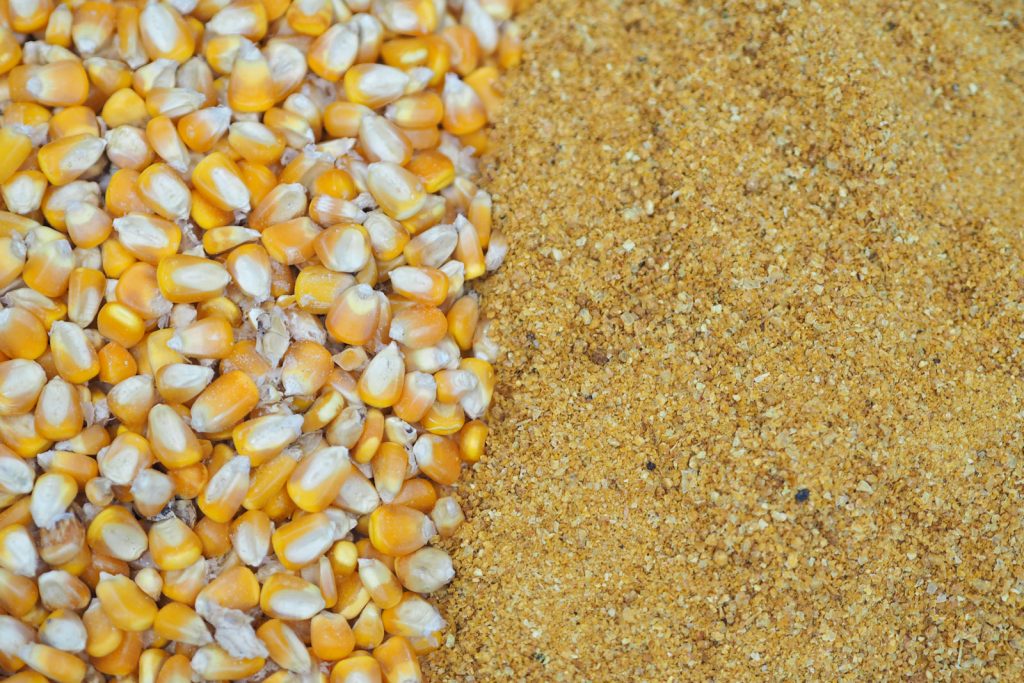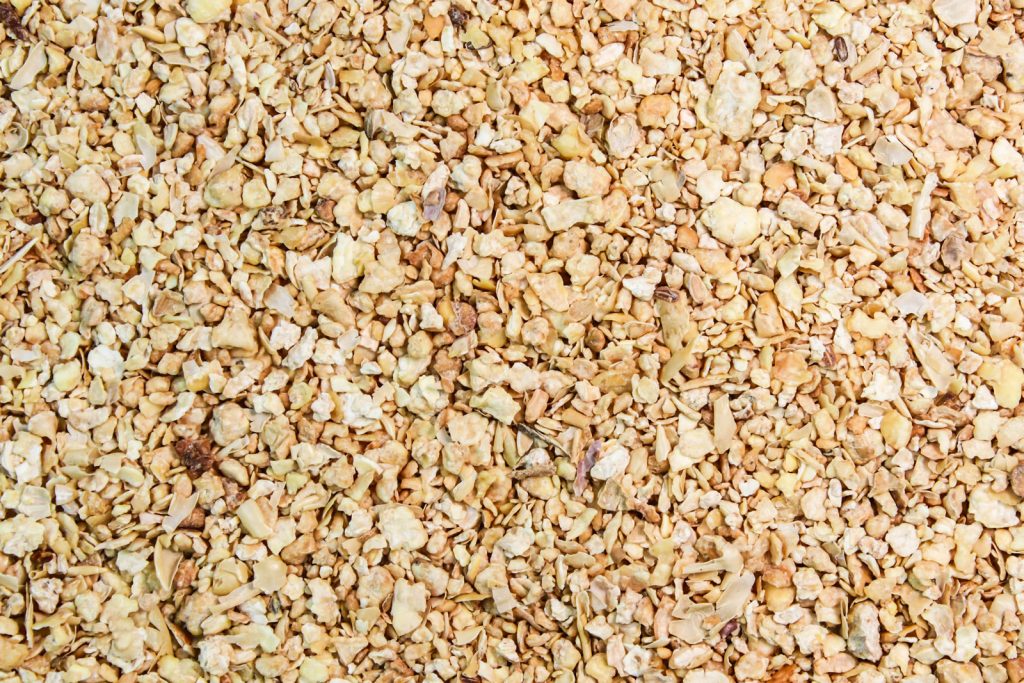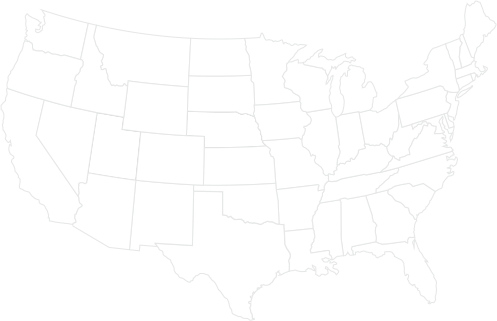Tips For Building Balanced Rations to Promote Weight Gain in Beef Cattle
• Posted in Articles
There are several factors that go into choosing feedstuffs to promote weight gain in beef cattle. Availability, cost, transportation and objectives for the stages of development are just a few of the considerations that influence the components of a feed ration mix.
Dr. Steve Blezinger is a ruminant nutritionist from Texas with more than 30 years of experience helping producers develop feeding programs. After years of consulting with cattle producers, he’s discovered there’s no tried-and-true formula. Each feedstuff can have a place in the ration depending on two key things: what the producer is trying to accomplish at that particular stage and the cost of the feed ingredient that can get the job done.
Feeding For Life Stages
The first step to developing the right ration is the cow’s stage of life and where it’s at in the production cycle.
Young calves get most of their nutrients from milk and grazing. Creep feeding should only be used to fill in the gaps and provide a little more energy and protein. It’s important not to overfeed corn at this stage as it could cause digestive issues.
During weaning, Blezinger recommends looking at the size of the calf and what the markets are doing. Then adjust the program to meet the rate of gain goal. This can be done with a variety of ingredients depending on the nutrients needed. Producers should consider their feed management style at this stage and may need to use intake limiters if calves are self-fed.
By the time they reach the feedlot, most cattle are fed a corn-based diet but that can vary depending on where they’re located and what feedstuff markets are like. Grain, sorghum and barley are also great options for producers.
Feeding For Weight Gain
The next step is identifying nutrients that support weight gain, create a balanced ration and are cost effective.
At the cow-calf level, when fed properly, whole cottonseed and corn are ingredients he recommends often because they are energy dense and high in fat. Whole cottonseed is particularly helpful because it also delivers fiber to promote digestive health and supports reproductive health in breeding cows.
“If you’re trying to feed for efficiency and to promote weight gain, you have to have good energy density and digestibility,” said Blezinger. “Consistency in a feed ingredient is also important since nutrient variability can lead to problems with performance and health. Most of the time, the cost of grain is the single largest driving factor as to what goes into the ration, though lately ingredient availability has also played a larger role.”
Below is a look at some of the top feedstuffs he uses to build the right rations.
Whole Cottonseed
Primary Benefits: Protein, Fat, Fiber
Whole cottonseed is a triple-nutrient ingredient that can be used to promote weight gain in cattle in many situations. On average, whole cottonseed contains 23% protein, 20% fat and 24% fiber on a dry matter basis.1 This helps improve body condition, supports muscle growth and animal development, and promotes digestive health.2,3,4Blezinger often finds it to be an economical ration choice due to its nutrient density and ability to put weight on thin cows.
Corn
Primary Benefit: Energy
Corn is a commonly used grain element of most beef cattle feeding programs and a great supplement to forage diets. It’s a major source of energy that promotes growth at every age. Corn is approximately 72% starch, 8.8% protein and 9.7% fiber.5 Since 35% of its protein content is rumen degradable, it may need to be paired with a protein-rich ingredient for a more well-rounded approach.
Soybean Meal & Hulls
Primary Benefit: Protein
Soybean meal is another feedstuff that is part of creating a balanced ration. With protein content of about 55% and an excellent amino acid profile containing lysine and digestible fiber, soybean meal brings several attributes to feeding programs.6 Soybean hulls are a great feedstuff for producers looking for a lower protein option – about 12% – that still delivers good nutritional value. In some studies, the fiber in soybean hulls has shown to be 85% digestible, which also promotes energy.7
Other Crops & Byproducts
At a time when supplies are tight and transportation is costly, Blezinger realizes producers may need to get creative with ration ingredients. Here are a few nutritionally valid and economical options he believes are valuable.
Dry Distillers Grains (DDGs): This corn byproduct provides an excellent source of energy for cattle that often comes at a lower cost depending on location. Since the starch is removed during processing, the energy comes primarily from fiber and fat, which can make it easier to digest.8
Grain Sorghum (Milo): This is a low protein and high energy alternative to corn. It must be processed before being fed to cattle but is a great option for producers located in sorghum production areas like Texas, Colorado and South Dakota.
Beet Pulp: This feed ingredient is a byproduct of sugar beets that’s low in protein but relatively high in total digestible nutrients, making it a great supplemental ingredient in rations.9
Ration For Success
Since there’s no straightforward recipe for weight gain, Blezinger encourages producers to work with nutritionists to help them develop nutritionally sound and economical feeding programs for their operations.
“When done correctly, I believe you can feed a cow almost anything and it can be productive. You just have to build the right formula and take into consideration what works and what doesn’t,” said Blezinger. “Beef nutritionists are great resources to help you get the performance and feed efficiency you want.”
Looking for more resources on how whole cottonseed and other feedstuffs come together to create a strong ration for beef? See sample rations from across the country.
Resources:
1 National Research Council (2001). Nutrient requirements of dairy cattle: Seventh revised edition. The National Academies Press. https://doi.org/10.17226/9825.
2 Comerford, J.W. (2014). Added fat in the ration of beef cows to enhance reproduction. Pennsylvania State Extension website. Available at: https://extension.psu.edu/added-fat-in-the-ration-of-beef-cows-to-enhance-reproduction.
3 Parish, J. (2009). Protein requirements of beef cattle. Mississippi State University Extension website. Available at: https://extension.msstate.edu/sites/default/files/topic-files/cattle-business-mississippi-articles/cattle-business-mississippi-articles-landing-page/mca_apr2009.pdf
4 Parish, J. (2022) Fiber in beef cattle diets. Mississippi State University Extension website. Available at https://extension.msstate.edu/sites/default/files/publications/publications/P2489_web.pdf.
5 Lardy, G. (2018). Feeding corn to beef cattle. North Dakota State University website.
https://www.ag.ndsu.edu/publications/livestock/feeding-corn-to-beef-cattle.
6 Lehmkuhler, J. and VanValin, K. (2021) Feeding soybeans to beef cattle. University of Kentucky Cooperative Extension. http://www2.ca.uky.edu/agcomm/pubs/ASC/ASC245/ASC245.pdf.
7 USDA National Institute of Food and Agriculture Extension Foundations. (2019) What are soybean hulls? https://beef-cattle.extension.org/what-are-soybean-hulls/.
8 Stewart, Jr., R.L. (2017) Using distillers grains in beef cattle diets. University of Georgia in cooperation with Fort Valley State University, the U.S. Department of Agriculture, and counties of the state. https://secure.caes.uga.edu/extension/publications/files/pdf/B%201482_1.PDF
9 Lardy, G. and Schafer, R. (2016) Feeding sugar beet byproducts to cattle. North Dakota State University. https://www.ag.ndsu.edu/publications/livestock/feeding-sugar-beet-byproducts-to-cattle/as1365.pdf




